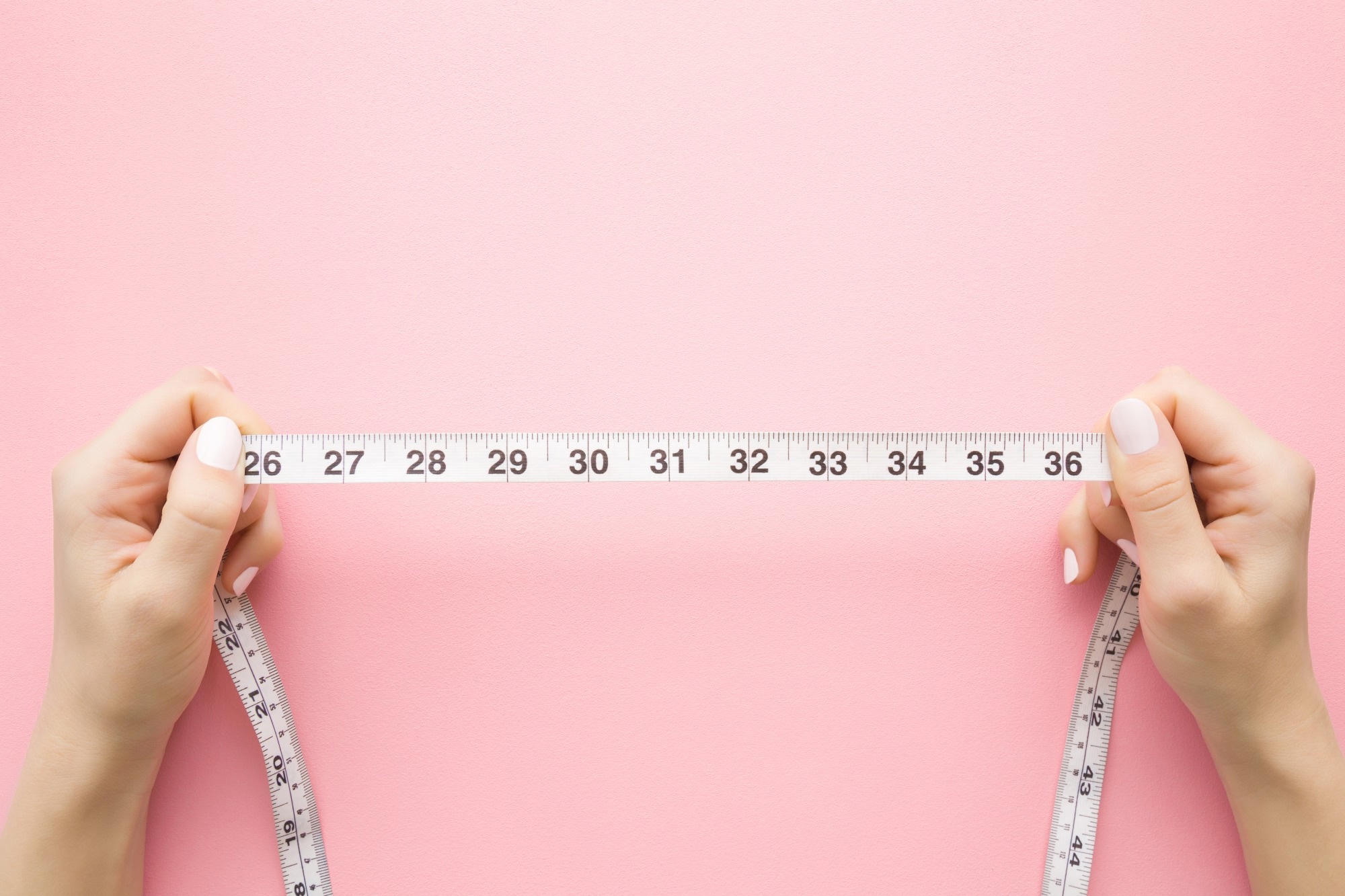In a recent article published in the Communications Medicines journal, researchers connected the timing of a dental biorhythm to weight and mass gained by a group of adolescents monitored longitudinally.
 Study: Dental biorhythm is associated with adolescent weight gain. Image Credit: FotoDuets/Shutterstock
Study: Dental biorhythm is associated with adolescent weight gain. Image Credit: FotoDuets/Shutterstock
Background
Biological rhythms control life on earth. Mammalian hard tissue contains proof of a long-term biorhythm, i.e., infradian biorhythm, which links to the typical body mass of the species and regulates cell growth. Mammalian teeth have microscopic, multilayer structures that still show signs of this pattern.
Research into how this biorhythm affects human physiology has only recently started. Besides, the rhythm is known as Retzius periodicity (RP) in human tooth enamel. There is currently little proof that this biorhythm affects human growth.
About the study
In the present study, the authors used naturally exfoliated primary molars to determine biorhythm for 61 teenagers from Dunedin in southern New Zealand, including 27 boys and 34 girls. They identified one cycle of alterations the human body experiences tracked via the development of milk teeth in young children.
Further, the average starting age of the included children was 10.33 years. The study subjects were part of a larger cohort belonging to the Biorhythm of Childhood Growth (BCG) project. The scientists mentioned that adolescent weight was of specific importance due to the significant increases brought on by puberty, regulated by the hypothalamus. All 125 BCG subjects had their naturally exfoliated first molars collected, and from these, 61 primary molars were selected randomly for the present experiments based on histology standards.
The researchers assessed whether the timing was linked to longitudinal measurements of the height, weight, body mass, and lower leg length of the children taken over 14 months spanning from September 2019 to October 2020. They compared the timing of the biorhythm across various children to alterations in body size during puberty in these children. In addition, the team used multivariate and univariate statistical assessments to discover and isolate associations with the biorhythm.
Results
The authors found that relative to adolescents harboring slower biological rhythms with seven- or eight-day periodicities, those with quicker biorhythms (five- or six-day periodicity) gained less weight in 14 months. Indeed, they experienced a minimal alteration in body mass index (BMI). A BMI over the 95th percentile was more likely present in participants with slower seven and eight-day biorhythms.
The research data partially support the hypothesized interspecific biological route that links RP to growth. Subjects with low RPs acquired less weight and mass throughout the experiment course when comparisons were performed among those with periodicities between five and eight days. Finite weight gain implies a less drastic growth spurt connected to a lower RP-biorhythm.
The study inferences diverge from the interspecific route where the biological rhythm had the best periodicity for the maximal weight growth throughout puberty. Moreover, this interspecific pathway did not correlate with the highest RP score. Usually, weight gain was highest after seven or eight-day RPs. In addition, the authors used a curve rather than a straight line to depict this relationship.
Further, in line with research documenting sex variations in RP, female study participants had a higher eight-day modal RP than male participants, who had a six-day modal RP. The study results were consistent with predictions of sex disparities in final adult human stature. Furthermore, environmental factors impacted the chief study finding only marginally or briefly.
Conclusions
The study findings showed a connection between the 14-month cycle of physical transformation in children and their weight growth. The authors noted that compared to adolescents with a slower biological rhythm, those with a faster biorhythm often weigh less monthly and grow much less mass and weight during 14 months. Moreover, the study data revealed a link between the biorhythm and gender discrepancy in weight gain.
Notably, according to the investigators, the study findings offer the first proof that a long-period biological rhythm was associated with the sudden change in body size occurring throughout puberty.
Overall, the current study discovered a priorly unknown element linked to the abrupt alteration in body size that occurs throughout adolescence in humans. The research findings offer a starting point for investigating novel connections between the biorhythm and health risks associated with body weight. Additionally, it points towards a biorhythm mediated by the hypothalamus that is active throughout a critical stage of human growth.